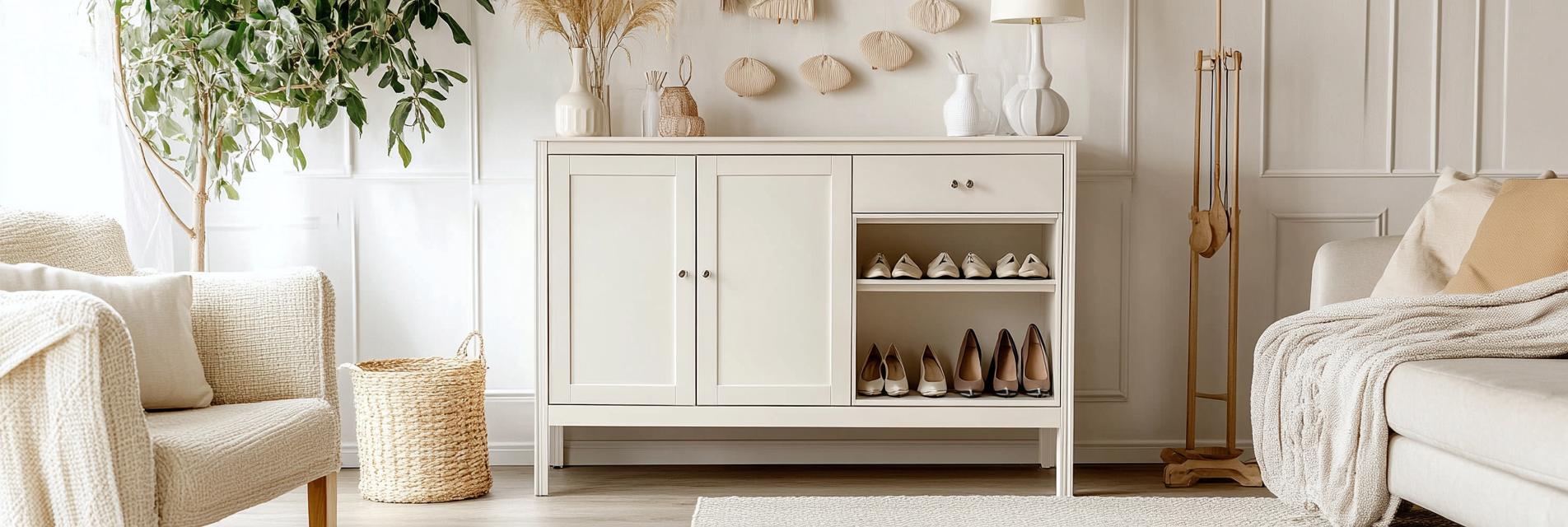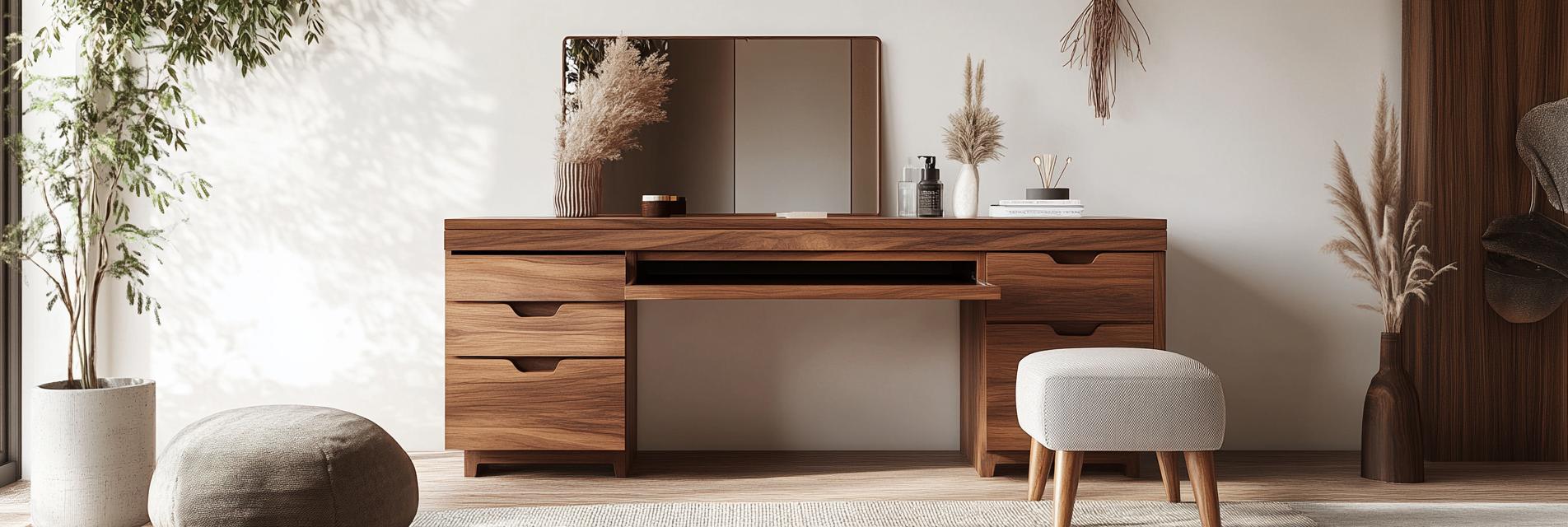
Wooden furniture adds a touch of elegance and warmth to your living space. However, without proper care, it can be easily damaged by moisture, dirt, and scratches. In this article, we'll explore practical solutions for moisture-proofing, cleaning, and scratch repair of wooden furniture, helping you extend its lifespan and keep it in top condition.
Wood is a natural material that is sensitive to environmental changes. High humidity can cause wood to swell, warp, and even develop mold, while dirt and grime can dull its finish. Scratches not only affect the appearance of the furniture but also expose the wood to potential damage. By taking proper care of your wooden furniture, you can maintain its beauty and functionality for years to come.
Controlling indoor humidity is crucial for protecting your wooden furniture. The ideal humidity level for wooden furniture is between 30% and 50%. You can use a hygrometer to monitor the humidity in your home and take appropriate measures to adjust it.
One effective way to control humidity is to use a dehumidifier. Dehumidifiers remove excess moisture from the air, helping to prevent the growth of mold and mildew. They are especially useful in basements, bathrooms, and other areas prone to high humidity.
Another option is to use moisture-absorbing products such as silica gel packets or activated charcoal. These products can be placed inside drawers, cabinets, or near the furniture to absorb excess moisture.

Different types of wooden furniture require different cleaning methods. For unfinished or natural wood furniture, you can use a soft, dry cloth to dust it regularly. Avoid using harsh chemicals or abrasive cleaners, as they can damage the wood.
For finished wood furniture, you can use a mild wood cleaner or a mixture of water and vinegar. Apply the cleaner to a soft cloth and gently wipe the surface of the furniture. Be sure to dry the furniture thoroughly after cleaning to prevent water damage.
When cleaning wooden furniture with intricate details or carvings, you can use a soft-bristled brush to remove dirt and debris from hard-to-reach areas.

Scratches are inevitable on wooden furniture, but they can be easily repaired with a few simple techniques. For minor scratches, you can use a furniture touch-up pen or marker that matches the color of your furniture. Simply apply the pen or marker to the scratch and let it dry.
For deeper scratches, you can use a wood filler. Choose a wood filler that matches the color of your furniture and apply it to the scratch using a putty knife. Smooth the filler with the putty knife and let it dry. Once the filler is dry, sand it down until it is smooth and flush with the surface of the furniture. Then, apply a coat of furniture polish or wax to protect the repaired area.
.png)
Let's take a look at some real-life examples of how these solutions have helped people maintain their wooden furniture. Mrs. Smith, a homeowner in a humid climate, noticed that her wooden dining table was starting to warp. She followed our advice and started using a dehumidifier in her dining room. Within a few weeks, the table returned to its original shape, and she was able to enjoy her beautiful furniture for many more years.
Mr. Johnson had a scratched coffee table that he thought was beyond repair. He tried our simple scratch repair technique using a wood filler and was amazed at how well it worked. The scratch was barely noticeable, and the coffee table looked as good as new.
In conclusion, proper maintenance is essential for the longevity and beauty of your wooden furniture. By following the moisture-proofing, cleaning, and scratch repair techniques outlined in this article, you can protect your furniture from damage and keep it looking its best. Do you have any tips or experiences to share about wooden furniture maintenance? Leave a comment below and let's start a conversation!
If you want to learn more about wooden furniture care, subscribe to our newsletter for regular updates and exclusive tips!











